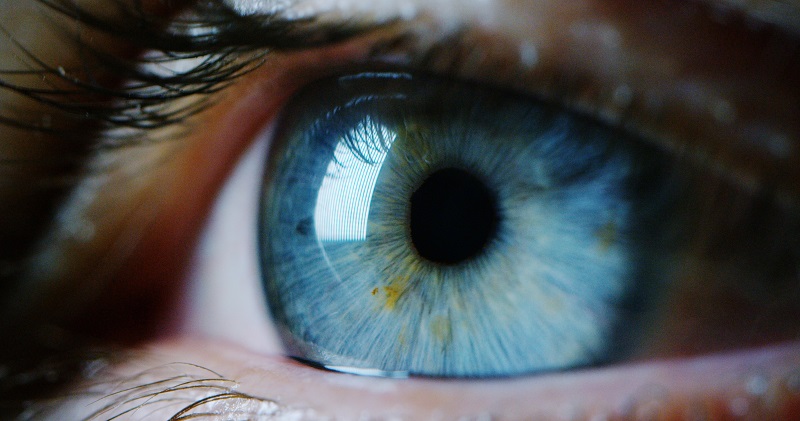
More than 50 million people in the U.S. suffer from seasonal allergies. If you are one of them, Grosinger, Spigelman & Grey can create a personal plan for eye allergy relief so you can enjoy the season. Contact us to schedule an appointment at our Bloomfield Hills office.









